As F1 heads towards the summer, teams will begin changing focus and turning their attention to 2025 - the last season of the current rules cycle.
Whilst comprehensive changes to concepts are not anticipated, with one eye already on the 2026 regulations - which will be announced later today - some teams may opt to alter direction in order to best prepare for the next era of F1.
One of the most relevant and binding elements when designing a single-seater racing car undoubtedly concerns the choice of suspension layouts. Depending on whether it is a pull-rod or push-rod approach, there can be a large difference in overall stability or top-end performance of the suspension.
When the current era of ground-effect F1 cars were introduced in 2022, Red Bull and McLaren went against the grain by adopting a pull-rod front suspension. Over time, other teams have started to replicate the Milton Keynes-based outfit's unusual split-suspension.
Over the weekend of the Monaco Grand Prix, rumours gradually started to spread regarding the concept of the next season's Ferrari.
It is believed that the Italian team could adopt a pull-rod layout on the front end instead of the current push-rod. This would bring the Scuderia in-line with its two closest rivals.
Laying the foundations for 2026?
Many have seen in the alleged decision of the Maranello squad to change philosophy and adopt the front pull-rod scheme as a clue to Adrian Newey's potential arrival once he leaves Red Bull in early 2025.
RacingNews365, on the other hand, understand that Ferrari is actually pondering the choice suspension layout to - above all else - take into account the needs of the 2026 regulations. Whilst those rules are soon-to-be-confirmed, it shows the team is open-minded about which direction it will take.
In adopting a pull-rod front suspension and abandoning the current scheme Ferrari would be setting itself up for the long-term by making the commitment early.
In short, the research and development of the new kinematics, but mainly the work to successfully install the new push-rod inside the chassis in place of the current push-rod, would not be worthwhile if it were only with a view to use next season.
As already confirmed, the 2026 regulations have been defined and will be made public later today, so it makes sense to explore and evaluate all possible options.
Viewed by others:
Stability is key
The advantages that the engineers at Maranello would pursue with the adoption of the front pull-rod would, more than anything else, expand the window of optimal use of the car - in doing so, it is not top performance that is sought, but rather the stability of the aerodynamic platform.
Whilst the 2026 regulations are expected to introduce wholesale aerodynamic changes, it is evident that the engineers believe that what they have learned in the four-year period of the current regulations will still have significant value moving forward.
In essence, at the moment, although it is correct to point out that Ferrari is considering the front pull-rod scheme, it seems out of place to associate it directly with the possible arrival of Adrian Newey.
Rather, it is part of the careful conceptual analysis that the team is carrying out to rationalise philosophies and allocate resources in the most efficient way between those directed towards next season and those used for the generation after.
It is clear that by maintaining fixed points common to the two projects, it can provide undoubted advantages from a budget cap perspective.
Also interesting:
In the latest episode of the RacingNews365.com podcast, join Ian Parkes, Sam Coop and Nick Golding as they look ahead to the Canadian Grand Prix, Red Bull's struggles potentially continuing and the news that Esteban Ocon will leave Alpine at the end of 2024.
Don't miss out on any of the Formula 1 action thanks to this handy 2026 F1 calendar that can be easily loaded into your smartphone or PC.
Download the calenderMost read
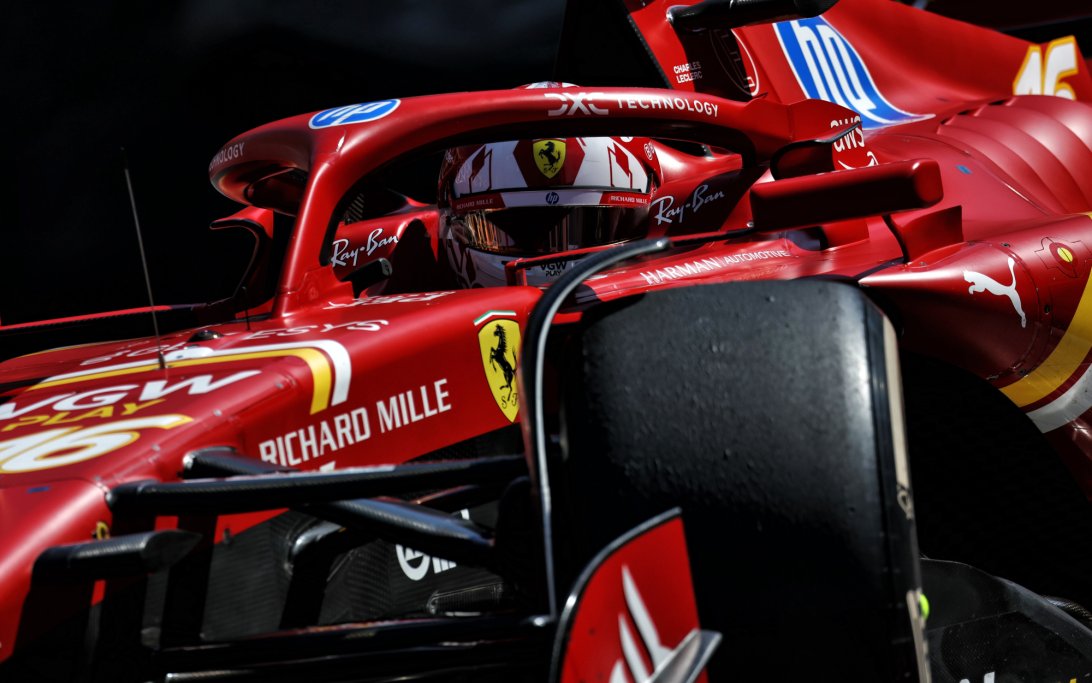
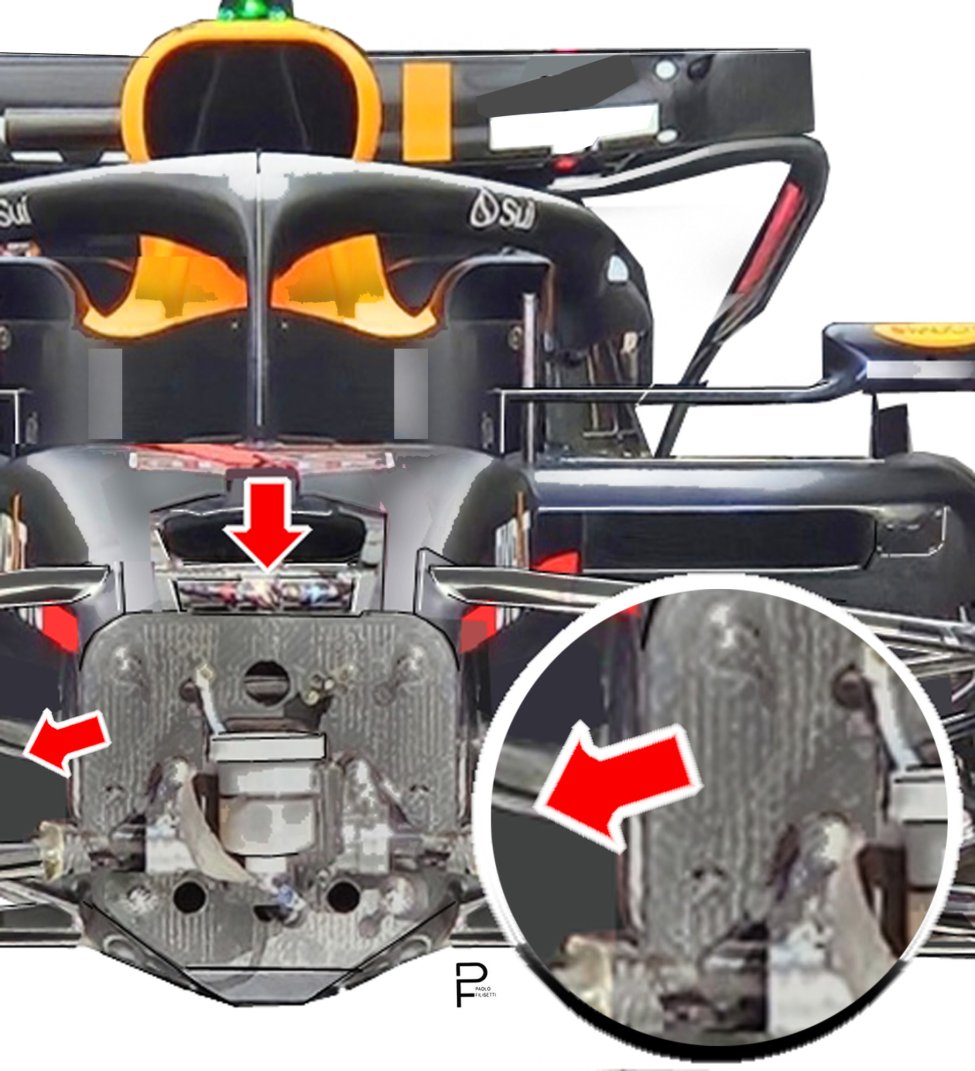
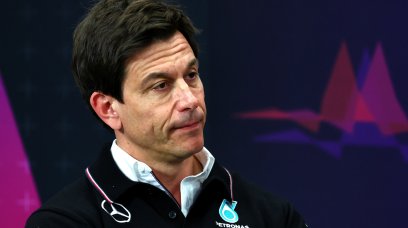
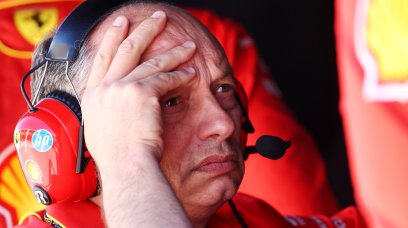


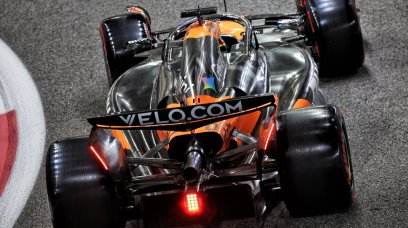



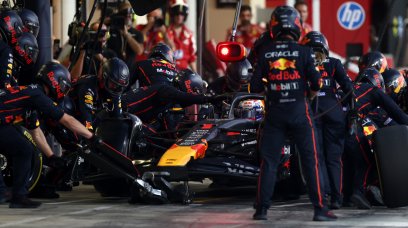
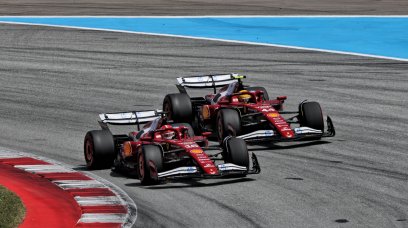

Join the conversation!